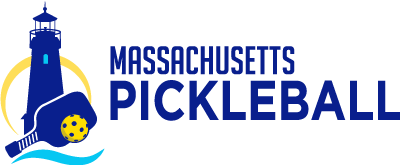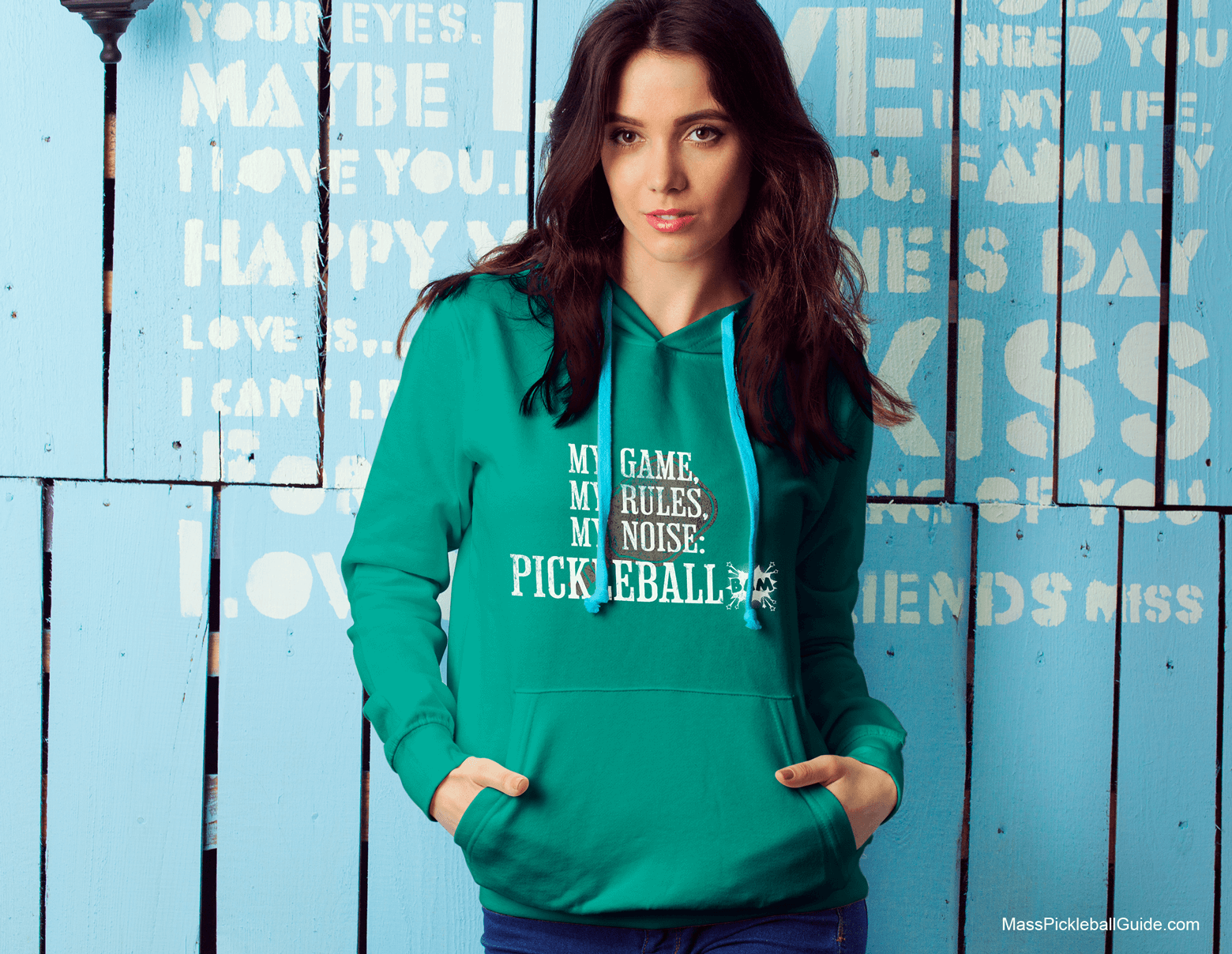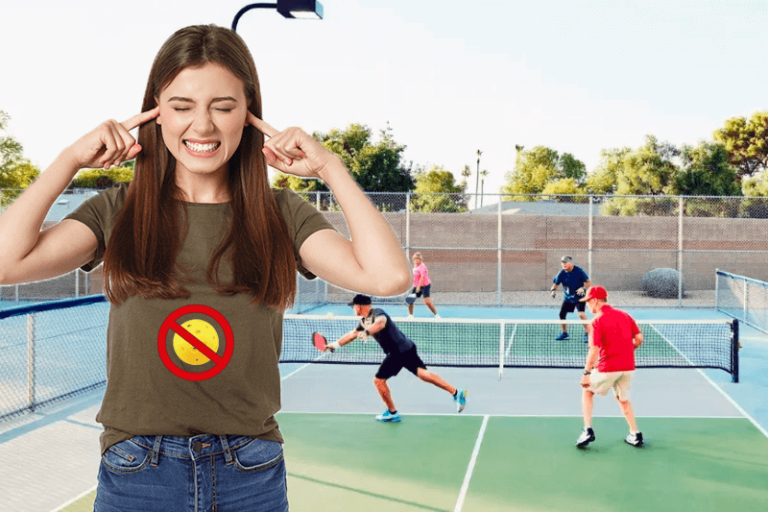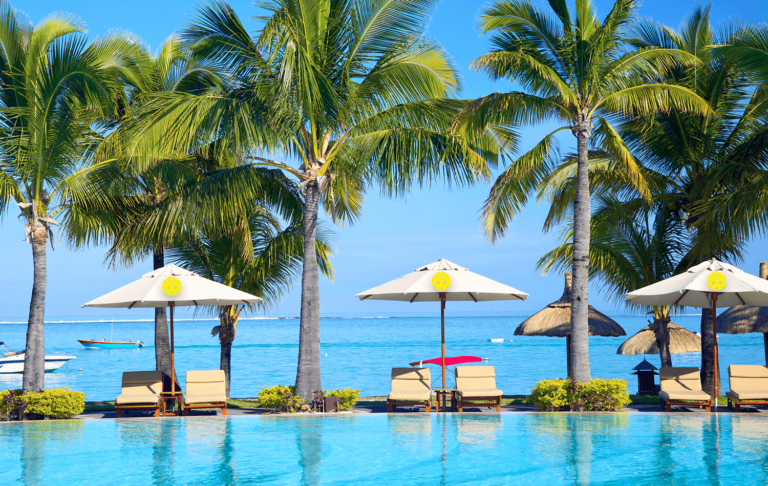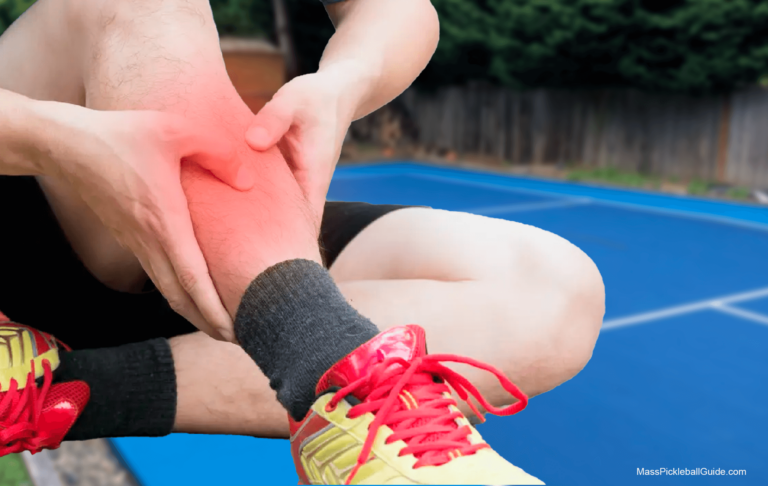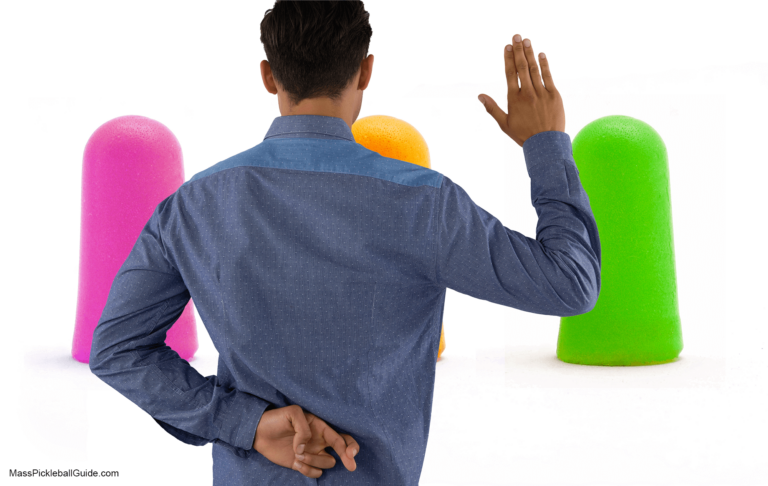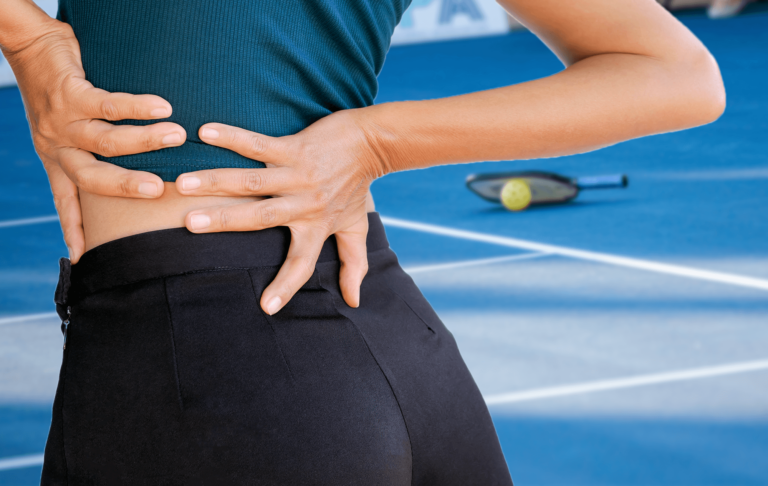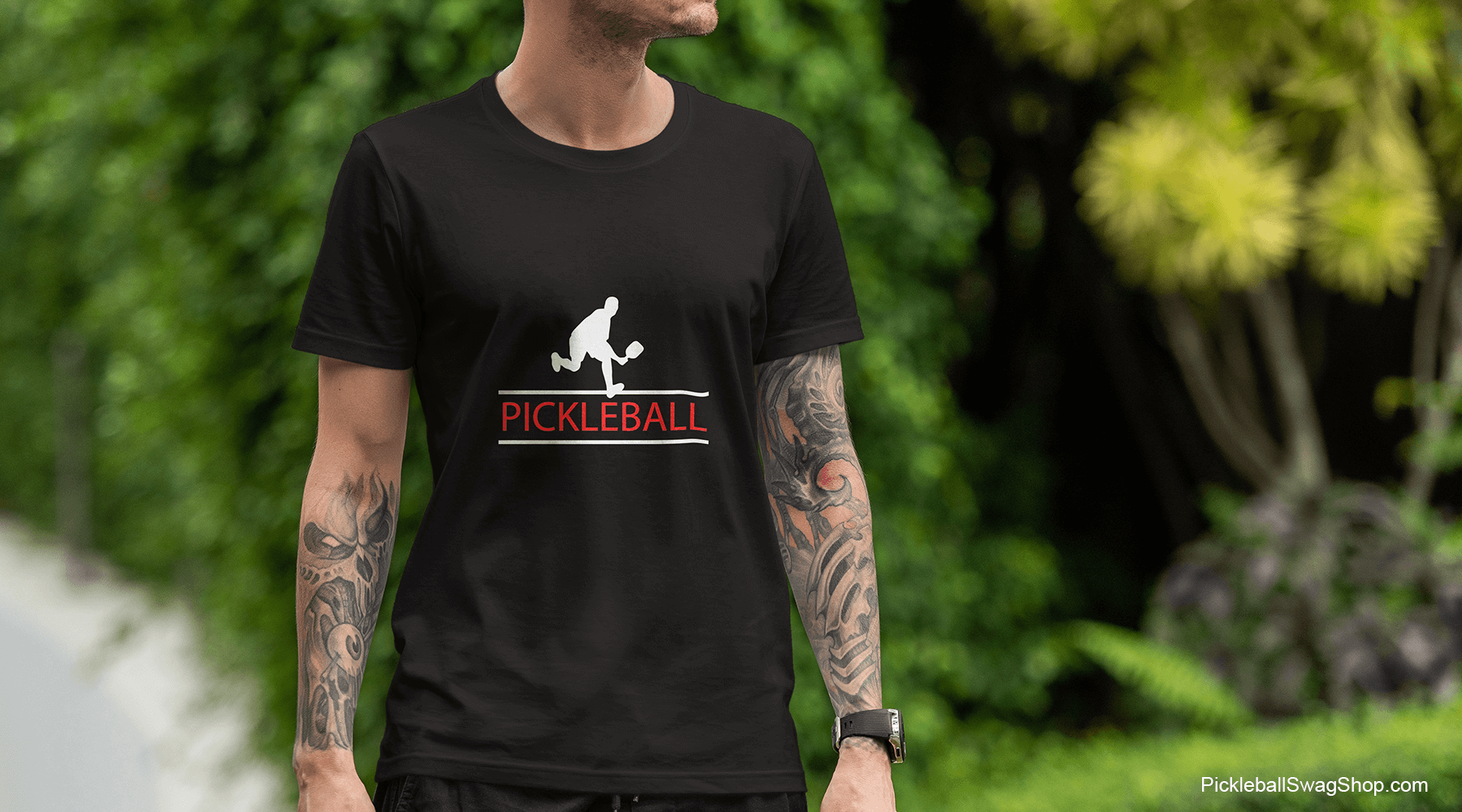Pickleball Hate Crimes? Rising Tensions and Legal Battles
oh, it’s real
In the serene world of racket sports, a new contender has emerged, disrupting the status quo and creating ripples of discontent among traditionalists. Welcome to the world of pickleball, a sport rapidly carving out its niche in the hearts of Americans, yet unwittingly fueling a storm on tennis courts across the nation.
The Birth of a Rivalry
Pickleball, a blend of tennis, badminton, and table tennis, has surged in popularity, boasting nearly 5 million players in the U.S. alone. This meteoric rise, noted in pickleball-published statistics, reveals a staggering 40% increase in participation over the last two years.
“Pickleball, America’s fastest-growing athletic pursuit, is more than just a game; it’s a phenomenon sweeping across the nation.”
The problem is…
However, this growth spurt isn’t without its challenges. As towns and cities nationwide rush to accommodate this burgeoning sport by erecting dedicated pickleball courts, a clash is unfolding between the advocates of pickleball and the traditional tennis players.
The Darker Side of Pickleball’s Popularity: Escalation in Violence and Hate Crimes
While pickleball has brought communities together and fostered a spirit of friendly competition, its meteoric rise has not been without a darker side. As the sport gains traction, there’s been an unfortunate increase in incidents of violence and hate crimes linked to this seemingly innocuous game. This emerging trend is a stark reminder of the complex dynamics that can arise when leisure activities intersect with community spaces.
Rise in Community Tensions
The core of these issues often lies in the clash over shared spaces and noise disturbances. With tennis courts being repurposed for pickleball, many long-time tennis players feel infringed upon, leading to heightened tensions. In some communities, these disputes have escalated beyond verbal disagreements to physical confrontations and vandalism, reflecting a deepening divide between different groups of sports enthusiasts.
Noise-Related Conflicts
Noise has been a significant factor in these confrontations. The distinct sound of pickleball – the “pop” of the ball against the paddle – has been cited as a nuisance, disrupting the peace in residential areas. In some cases, this persistent noise pollution has led to heated arguments and, alarmingly, instances of targeted harassment against pickleball players and enthusiasts.
Legal Repercussions and Community Action
These incidents have not only caused distress within communities but have also led to legal repercussions. There have been reports of lawsuits filed against homeowners’ associations and city councils, with residents seeking relief from the constant noise and disruption. In extreme cases, these legal battles have intensified community divisions, leading to instances of vandalism and aggressive behavior targeting pickleball facilities.
A Call for Responsible Play and Community Harmony
This rise in negative incidents around pickleball calls for a collective effort to foster responsible play and respect for community norms. Local authorities, community leaders, and sports organizations must come together to address these issues proactively. By promoting respectful use of shared spaces, enforcing appropriate noise levels, and facilitating constructive dialogue between different groups, we can work towards mitigating these conflicts.
Matter of fact…here are actual and recent pickleball disputes that got ugly (and expensive!) real fast.
Table: Real-Life Pickleball Disputes and Legal Actions
Pickleball Tensions on the Court
The tension is palpable. On one side, tennis players, guardians of a sport with eons of history, clad in perfectly pressed shorts, wielding their rackets like symbols of an age-old tradition. On the other, pickleball enthusiasts, the new kids on the block, armed with paddles and passion, ready to claim their space in the athletic world.
This growing divide isn’t merely about sport; it’s a battle for space, respect, and tradition. Tennis players lament the erosion of their sacred court space, while pickleballers seek rightful recognition and facilities for their sport.
Table: The Growth of Pickleball vs. Tennis
| Year | Pickleball Players in the US | Percentage Increase | Tennis Court Conversion |
|---|---|---|---|
| 2021 | 3.5 million | – | 5% |
| 2022 | 4.2 million | 20% | 15% |
| 2023 | 5 million | 40% | 25% |
The Sound of Discontent: Noise, a Bone of Contention
As if the battle for space wasn’t enough, another issue adds fuel to the fire: noise. The distinct sound of the pickleball – a hard plastic ball – striking the paddle has become a point of contention, leading to disputes and legal battles. For insights into these noise-related conflicts, consider exploring Pickleball Noise or Sport and Homeowners’ Noise Disputes.
Sport Your Spirit: Pickleball Noise Apparel
Embrace the lighter side of pickleball with our whimsical t-shirt collection, specifically designed to humorously target the noise detractors of our beloved sport! Each shirt expresses the collective joy of the pickleball community, gently poking fun at those who find its characteristic sound bothersome.
The Legal Arena
Legal battles have ensued, with homeowners and community associations grappling with the unexpected consequences of pickleball’s popularity. Stories of residents suing homeowner associations over pickleball noise have surfaced, as highlighted in Suing HOA Over Pickleball Noise. The discord extends beyond simple noise complaints, evolving into a complex web of social, legal, and community issues.
List: Key Legal and Social Issues Stemming from Pickleball
- Noise complaints leading to legal disputes
- Community divisions over court usage
- Impact on property values and quality of life
- The role of sound experts in resolving conflicts, as seen in Cancel Pickleball Sound Expert
- Analysis of the impact of pickleball noise, detailed in Pickleball Noise Impact
Bridging the Divide: Seeking Solutions
Amidst the escalating tensions, the need for viable solutions becomes paramount. The quest is not just to quell the storm but to foster a harmonious coexistence between pickleball and tennis enthusiasts.
Compromise and Collaboration
A key approach lies in dialogue and compromise. Communities are exploring innovative ways to balance the needs of both sports. This involves designated time slots for each sport, soundproofing measures, and even the construction of new facilities to cater to the growing demand.
The problem is… emotions get in the way and people react quickly and often with little reasoning.
Strategies for Peaceful Coexistence
- Shared Court Usage: Implementing schedules that allow both sports to thrive.
- Sound Management: Exploring sound-dampening technologies and materials.
- Community Engagement: Holding meetings to discuss and address concerns of all parties.
- Building New Facilities: Investing in separate courts for pickleball to ease the burden on tennis facilities.
Looking Ahead: The Future of Pickleball and Tennis
It’s clear that pickleball is here to stay, and its integration into the fabric of American sports culture must be handled with care and foresight.
Predictions and Trends
The trajectory of pickleball suggests continued growth and mainstream acceptance. This will likely lead to more dedicated pickleball facilities and increased investment in the sport. Tennis, with its deep-rooted history and loyal following, will continue to hold its ground, potentially leading to a new era of racket sports in America.
Future Outlook Table
| Year | Predicted Growth of Pickleball | Tennis Court Adaptations | Emerging Trends in Racket Sports |
|---|---|---|---|
| 2024 | 6 million players | 30% Conversion | Rise of multi-sport facilities |
| 2025 | 7 million players | 35% Conversion | Increased youth engagement in both sports |
| 2026 | 8 million players | 40% Conversion | Collaboration between pickleball and tennis leagues |
Navigating the Challenges: A Call to Action
As we witness the evolving landscape of racket sports, it’s imperative to address the challenges head-on. The pickleball phenomenon, coupled with the steadfast tradition of tennis, calls for strategic planning, open-mindedness, and community-driven solutions.
Involvement of Local Authorities
Local governments and park departments play a crucial role. They must balance the interests of both sports while considering the impact on local communities. This involves thoughtful planning, allocation of resources, and engagement with citizens to ensure that the needs of all parties are met.
Conclusion: Embracing a Diverse Sporting Future
The narrative of pickleball versus tennis is more than a mere rivalry; it’s a reflection of changing times and evolving sporting preferences. It’s a call to embrace diversity in sports and to recognize the value that each game brings to our communities.
Final Thoughts
- Acknowledging and respecting the history and culture of both sports.
- Recognizing the potential for growth and positive change that new sports like pickleball offer.
- Working collaboratively towards solutions that benefit the entire community.
As pickleball continues to grow and tennis maintains its revered status, the hope is that both sports will find a harmonious balance.
This balance will not only preserve the integrity of each sport but also enrich the sporting tapestry of our communities. In the end, it’s not just about winning points on the court; it’s about winning hearts and minds in the pursuit of a diverse and inclusive sporting future.
